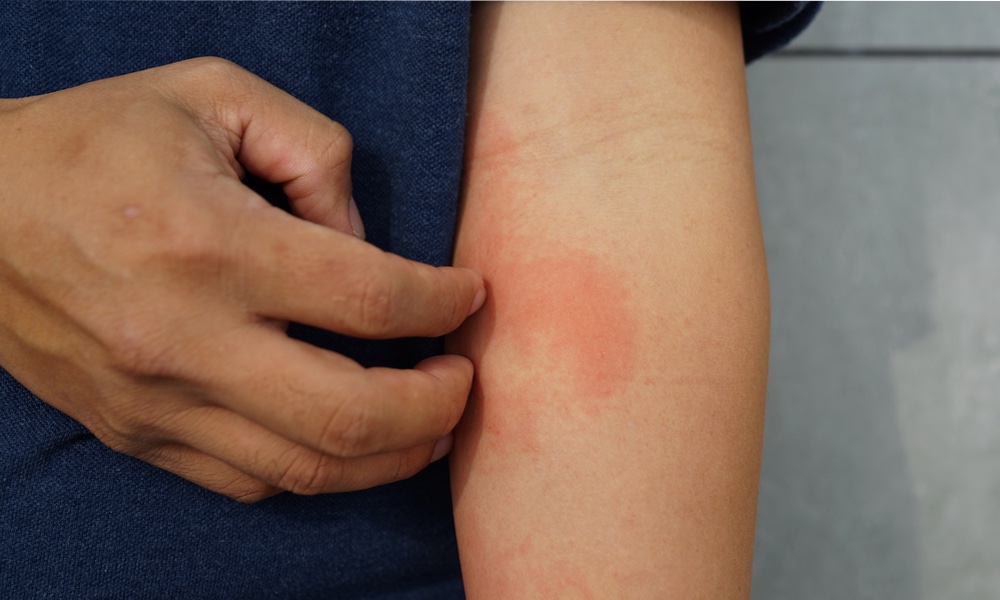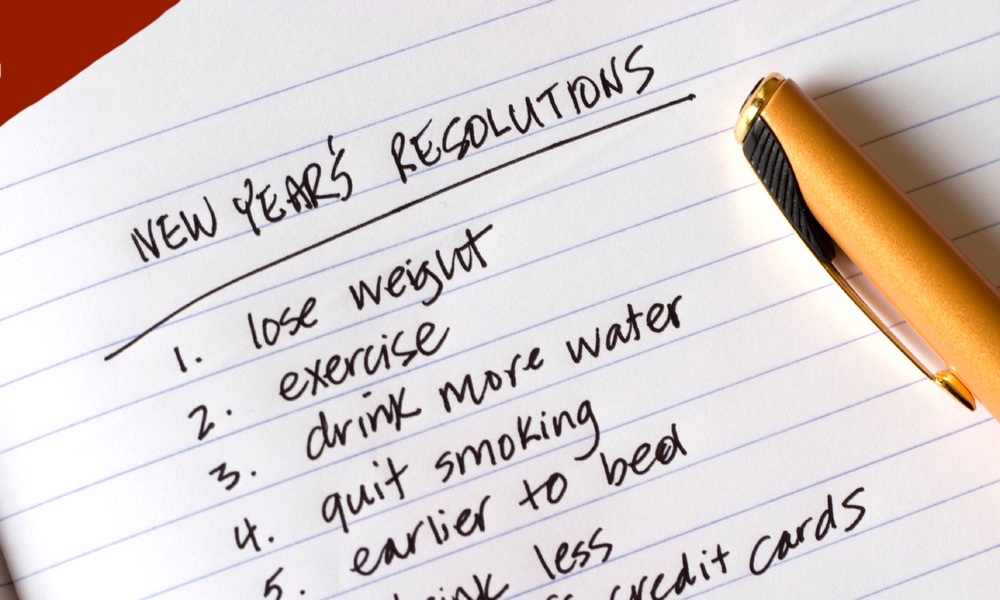Antimicrobial chemicals have been added to soap, cleaning products and toothpastes for years. Now, a scientist who's been investigating them for years says that they are neither safe nor effective.
Triclosan was patented in 1964 and was originally used as a potent antibacterial treatment before surgical procedures. It was first added, in diluted form, to hand soaps in the 1980s and by 2001, 75% of all liquid hand soaps contained triclosan.
While half of the triclosan was broken down in about six months, virtually none of the triclocarban was broken down after three years…When they enter aquatic systems they can be harmful to fish, algae and crustaceans.
There's little question that antimicrobials are useful in a clinical setting such as a hospital. It's their more widespread usage that's being questioned. Not only did a 2007 analysis of 27 previous studies find that hand-washing with antibacterial soap neither removes more bacteria than traditional soap nor prevents additional cases of infectious illness, it now appears that they pose a threat to the environment.
Rolf Halden, a biologist and engineer and and his team at the Arizona State University Biodesign Institute recently tested soil samples to determine the fate of 72 pharmaceuticals including triclosan and triclocarban. Soil samples were placed in plastic containers and kept exposed to outdoor conditions for three years. While half of the triclosan was broken down in about six months, virtually none of the triclocarban was broken down after three years.
Antibiotics like penicillin are only toxic to bacteria. This isn't true for antimicrobials like triclosan and triclocarban. They are toxic to other organisms as well. When they enter aquatic systems they can be harmful to fish, algae and crustaceans.
There are also some indications that these compounds may act as endocrine disruptors. While this is not yet well documented, there will be ample opportunity to test the hypothesis: 97% of all women have detectable levels of triclosan in their breast milk.
Triclosan and triclocarban persist in the environment because very few microorganisms are capable of breaking them down. Halden's team was recently able to isolate and grow bacteria that were capable of using triclocarban as an energy source, breaking it down in the process. Halden envisions application of these bacteria to wastewater, before the chemicals have a chance to enter sludge, as a potential way to break down any triclocarban present, removing it from the food chain, preventing harm to organisms and lessening the potential of other bacteria acquiring resistance to it.
The study on the fate of triclosan and triclocarban in soil was published in the November 15, 2010 issue of the Journal of Hazardous Materials, and the study on isolation of triclocarban-metabolizing bacteria was published in the December 2010 issue of Water Research.
Rolf Halden, Ph.D., P.E., is Associate Professor in the School of Sustainable Engineering and the Built Environment at Arizona State University, and Adjunct Associate Professor of Environmental Health Sciences at the Johns Hopkins Bloomberg School of Public Health.




